3622 videos match your search.
 |
Ankit Naik In this presentation, we will explore the Modelica Fluid library. This library provides components for one-dimensional thermo-fluid flow in networks of vessels, pipes, fluid machines, valves and fittings. For this ... |
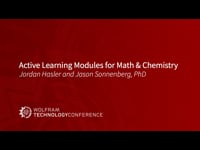 |
Jordan Hasler and Jason Sonnenberg, PhD This talk demonstrates various ways Wolfram|Alpha Notebook Edition can be used in introductory mathematics and chemistry courses to encourage concept exploration and visualization. New features are highlighted using standalone ... |
 |
Lou D'Andria Contextual interfaces in Wolfram Notebooks continue to enable new and interesting approaches to interface design. In this talk, we will review the rudiments of attached cells, examine existing uses of ... |
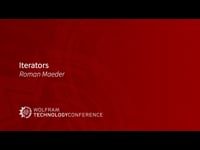 |
Roman Maeder Iterators are a generalization of lists that are accessed one element at a time. Iterators allow us to work with data whose length is infinite or unknown, and they avoid the explicit generation of all elements at the same time by using incremental generators. We show an implementation of iterators that allows us to use them like lists, with natural Wolfram Language syntax. Along ... |
 |
Gosia Konwerska, PhD, and Eduardo Serna Spatial datasets consisting of a set of measured values at specific locations are becoming increasingly important. Examples include temperature, elevation, concentration of minerals, etc. We will preview upcoming Wolfram Language ... |
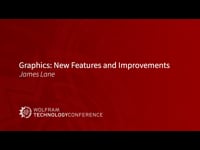 |
James Lane New Graphics features in Version 13 include MaterialShading, a new Light directive and the canonicalization of AxisObject. Graphics has significant improvements to software rasterization, Dashing, VertexTextureCoordinate specification and the ability to ... |
 |
Bernat Espigule This talk discusses New Learning Journeys, created exclusively for the History of Mathematics Project. Virtual exhibits and their navigation were entirely built using Wolfram Language, the Wolfram Knowledgebase and Wolfram ... |
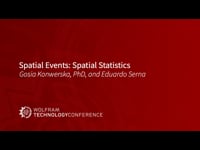 |
Gosia Konwerska, PhD, and Eduardo Serna Spatial point patterns are collections of randomly positioned events in space. Examples include trees in a forest, positions of stars, earthquakes, crime locations, animal sightings, etc. Spatial point data analysis, ... |
 |
Leonardo Roncetti Mathematica's parallel functions make it possible to produce video and plots of results after collecting various image processing data during transport and lifting engineering operations. The goal of the work ... |
 |
Jose Martin-Garcia |
 |
Rory Foulger, Fiona Law, Rohan Mehta and Joseph Stocke |
 |
Jason Harris Many everyday notations and structures in Mathematica now use TemplateBoxes in the front end, making it an important building block for developers. This presentation discusses multiple topics around this somewhat ... |
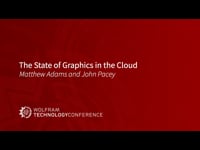 |
Matthew Adams and John Pacey This talk details our efforts to bring the full power of Wolfram Language graphics to the Wolfram Cloud. We break down our next-generation graphics rendering system and give a sneak ... |
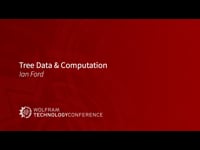 |
Ian Ford Trees are fundamental data structures in mathematics and science, with standard examples including XML trees, file systems and Wolfram Language expressions. We present symbolic Tree objects, added in Version 12.3 of ... |
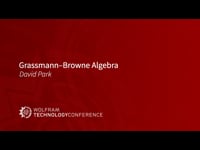 |
David Park The GrassmannCalculus application, based on the work of Grassmann and Browne, is described. One example, the derivation of coordinate equations for lines and planes in n-dimensional space, is presented. This ... |
 |
Jose Martin-Garcia, Jeff Bryant and Truman Tapia |
 |
Connor Gray Wolfram Language paclets are the standard way to extend the Wolfram System with new functionality. In this presentation, you will learn how to create and share high-quality paclets. |
 |
Giulio Alessandrini Machine learning superfunctions like Predict and Classify have tried to bridge the gap between beginner and specialist Wolfram Language users by offering a fully automated yet customizable pipeline. Over time, ... |
 |
Robert Nachbar This talk describes the development of the idea of using combinators to model chemical structures and how to use Wolfram Language to get there. |
 |
Joseph Butner This talk discusses the possibilities of using Mathematica within checkpoint inhibitor immunotherapy, a clinical approach to cancer treatment, to more accurately predict treatment outcomes allowing for even more personalized treatment ... |